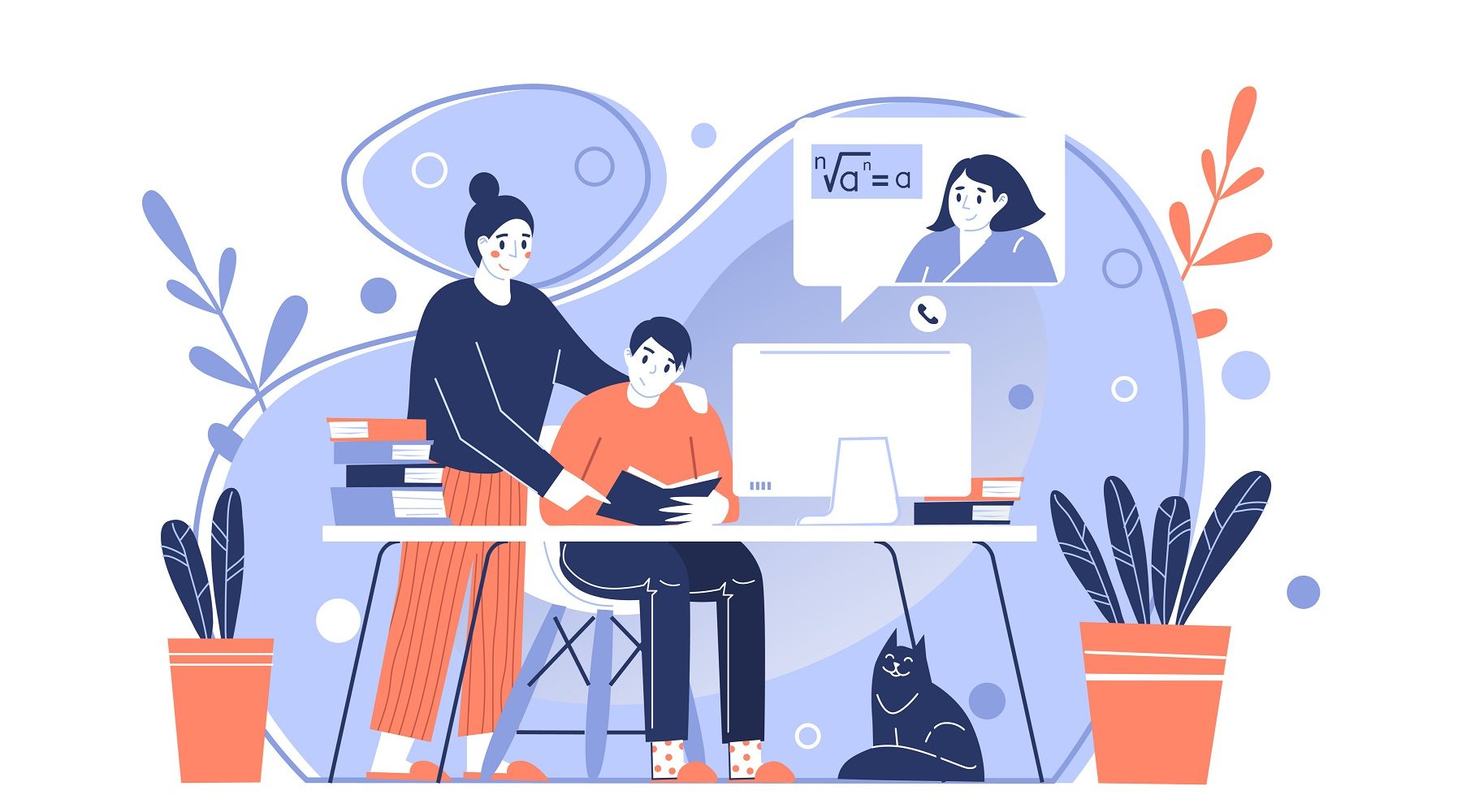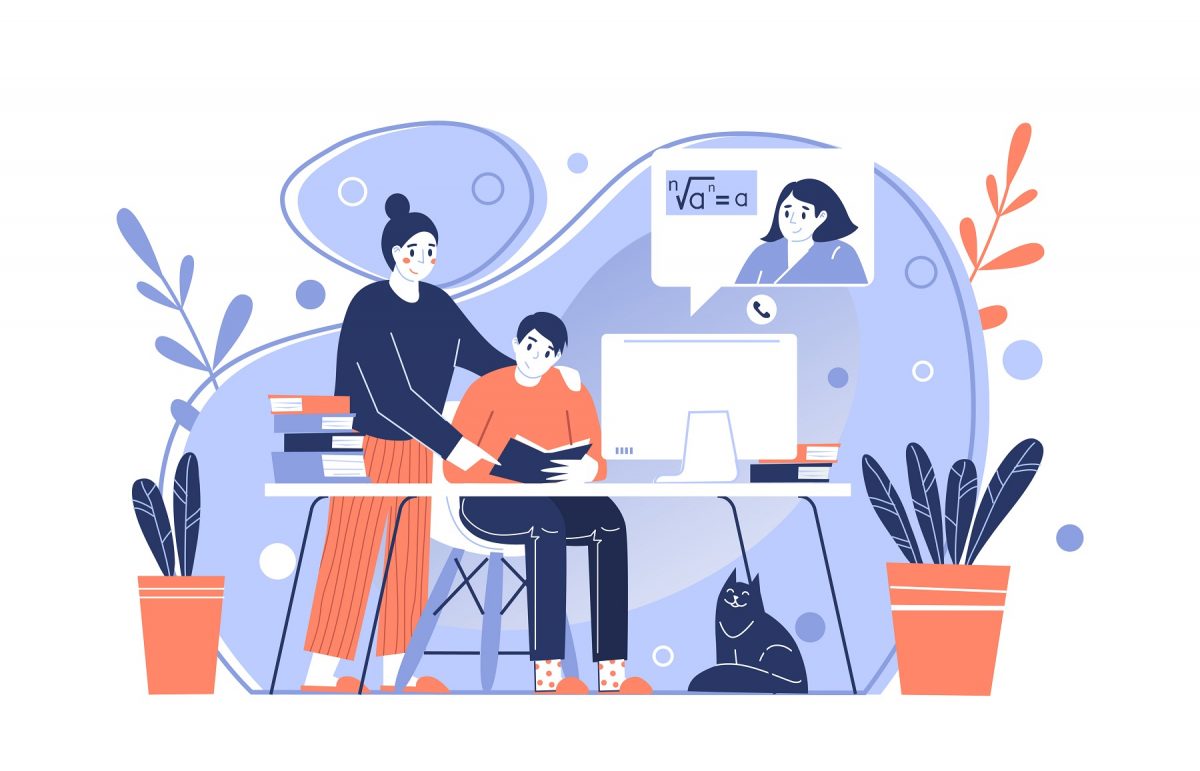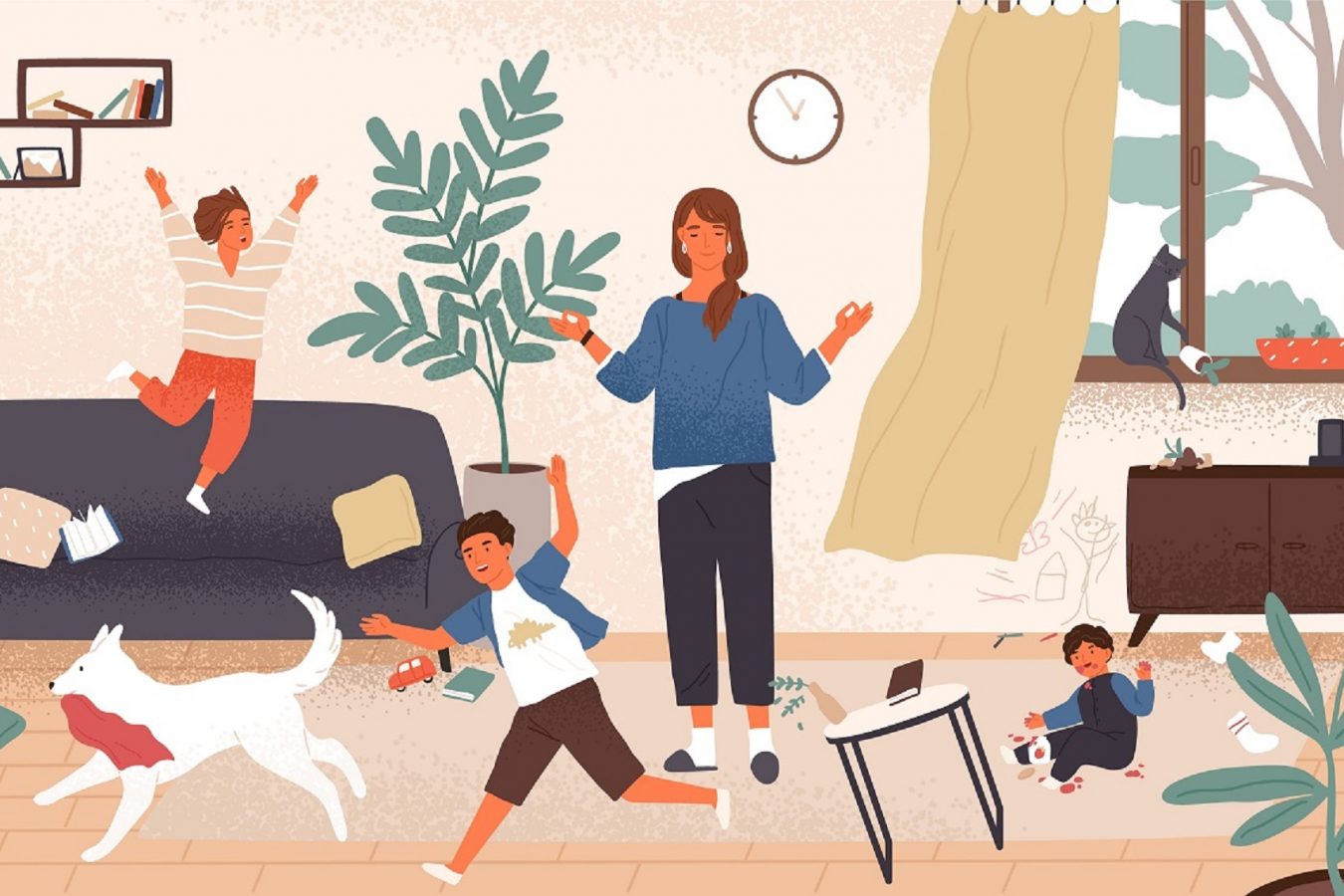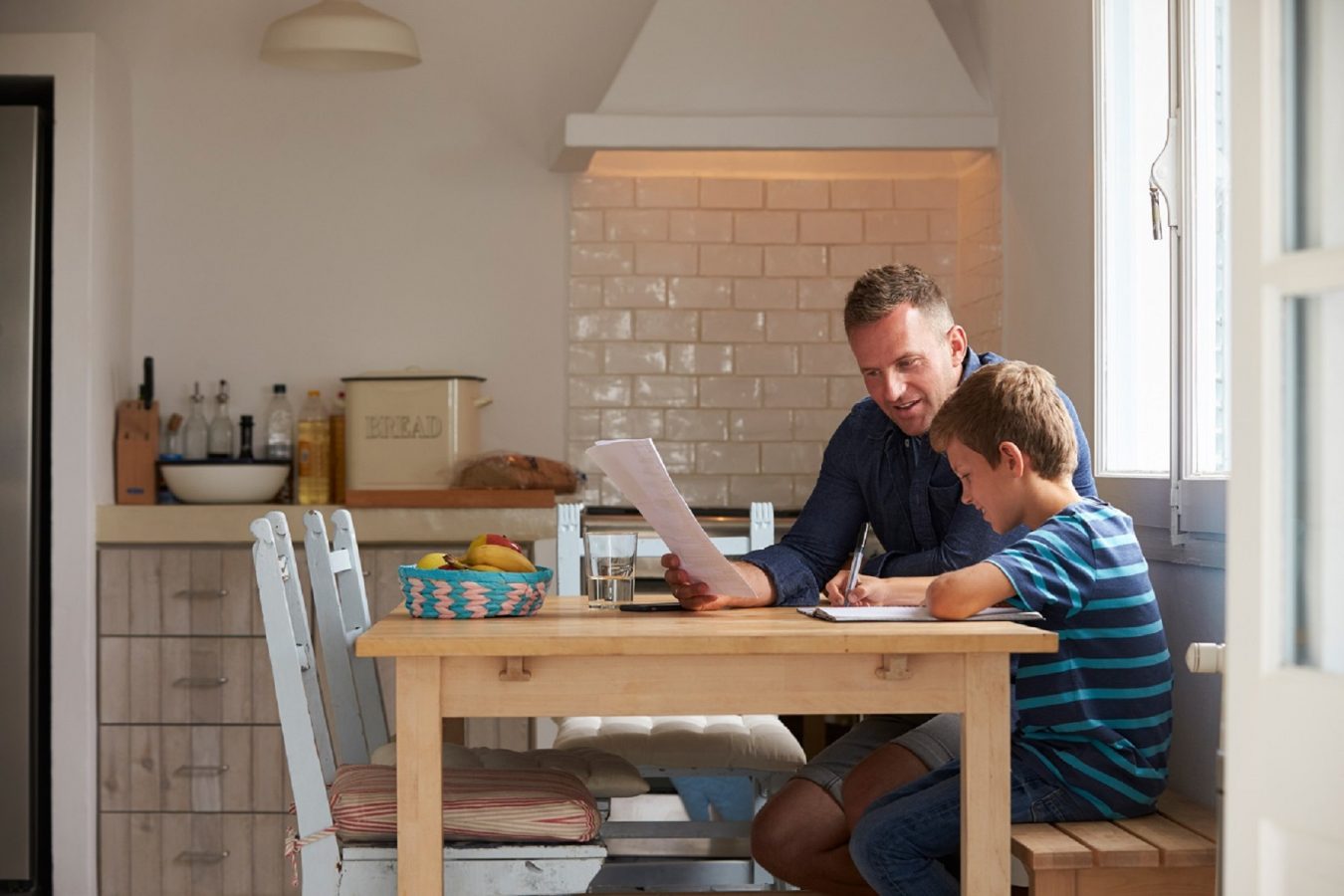
Teachers have been heroic in shifting to online learning for their students, writes Andrew Fuller. Here, he offers ideas and tips to help educators develop effective remote learning.
Remote learning is a major opportunity for schools to refine their lesson planning and delivery. The efforts of teachers to adapt classes to online platforms has been nothing less than heroic. Now we have the chance to incorporate the ingredients that create effective remote learning, accelerate expertise and enhance the experience of our students.
The rapid shift to remote learning has been unprecedented and we are all learning as we go through this. At its worst, remote learning can be disorienting and disconnecting. We all need to be innovative in creating learning that is engaging and involving for our students. The ideas in this paper are derived from my research and work with schools of the air and distance education as well as my work with students who have been unable to attend school due to mental health issues.
Brains online - key ideas
The laptop screen can either be a barrier or an invitation to feel included. Keep the camera at eye-height with a light towards you unless you want to look down upon your students and appear as startled as a frightened rabbit.
The brain in the online world is like a dog let off the leash, sniffing out new sources of dopamine hits. What appears as distractibility is actually very targeted. For this reason we need to use a range of dopamine enhancing strategies including challenges, polls, memory quizzes,discussion forums, Google Docs and video.
The brain has severe processing limitations online. We need to be careful not to overdose students on information or let them feel uninvolved or else they will switch off.
Concentration lessens after 20 minutes with maximal input of knowledge occuring between the fifth and the 15th minute of learning. This is the time to cover the main concepts. Brief intensive learning sessions work best.
Repetition at spaced intervals makes a gigantic impact on memory and understanding
What game designers can teach us
- Visuals win every time
- Create tribes through contribution
- Three strikes and they are out
- Start with mastery and back-fill the details.
- Increase the amount of individual requests
- Make rewards random – emojis, sound effects, avatars, praise but the best type is utilising their expertise.
- Develop a sense of flow
- Interactions are more compelling than a single talking head
- Kids love to talk – let them (in bursts)
- Kids love to be acknowledged – use learning strengths to differentiate and do this.
Using these ideas will increase student engagement in remote learning.
The four main choices for remote learning
- Replicate class-based formats on an online platform
- Flipped/blended learning – students are given a stimulus piece such as a related video before a class and the lesson time is used to to share, discuss and deepen their ideas
- The 8-8-8-8-8 model – remote learning classes are for 40 minutes and are divided into eight minutes of instruction, eight minutes of smaller group processing of ideas, another eight minutes of instruction and so on.
- GET IT – segment learning into five stages:
- Getting ready to learn-use quizzes and polling
- Experiencing difference – concise instruction
- Trying it out – small group work
- Information Processing – clarification
- Transfer – application (and need-to-know more links, podcasts and cheat sheets)
Consider testing each of these options to better inform your strategy and the decisions you make. Different options will most likely work best for different subject areas.
Remote Learning doesn’t have to mean Distant Learning
In times of disconnection we need to work harder to create belonging. Intersperse online sessions with personal messages and connections. Thank students for choosing to be part of the lesson. At the end of lessons, invite feedback from your learners and ask them for suggestions.
Whichever of the four remote learning methods that you select, you will need to consider three essential aspects:
- Will sessions – some sessions need to be about helping students to connect and belong and believe in themselves (as well as dealing with stresses if they are confined at home).
- Knowledge and skill sessions – other sessions can be more structured and focused on the acquisition of new learning.
- Cooperative learning in small groups is essential. This is especially important in situations where students are distant from another. They need to connect with peers and sometimes they will do things for peers that they won’t do for adults.
Let’s talk about how to do this.
A weekly schedule for Remote Learning
Monday and Tuesday – mastery classes. Intensive instruction in new concepts in brief lesson times usually no more than 20 or 30 minutes duration This involves a mixture of flipped and blended classes so students are primed for learning. This requires educators to clarify, prioritise and optimise learning.
Well-being Wednesdays – reflect, recharge, plan. Individual contact from learning mentors, development of personalised learning plans, setting students up to end the week well. Educators have planning time.
Thursday and Fridays. Blocks of time allocated for learning based on student feedback and needs Students can self-determine when to access virtual, live support, videos produced by educators. Student centred learning projects and passion projects, completing assessment tasks (designed around the concept of teaching another student how to…).

Utilising Learning Strengths in Remote Learning
Go to my www.mylearningstrengths.com and complete the analysis. Begin by completing the analysis for yourself. You will be emailed a free letter outlining your top learning strengths and suggestions about how to use these to increase learning in other areas.
Knowing your own learning strength profile will help you to consider your own preferences in learning. So you are clear, learning strengths should not be confused with learning styles or multiple intelligences. These are not the same concepts. Learning strengths is based on much more recent research.
It is based on how different brain system areas input, process & retrieve information & uses that knowledge to assess learning strengths in:
- Spatial Reasoning
- Number Smarts
- Word Smarts
- Perceptual motor skills
- Concentration and memory
- Planning and sequencing
- People Smarts
- Thinking and Logic.
Once you know your own learning strengths, ask your students to complete the analysis & discuss the letter with them. Make sure they enter their email address correctly!
Develop a class grid with all of your students names and their top learning strength. Use this to differentiate remote learning. Call upon the expertise of your students.
Consider different groupings, some where all share the same learning strength, some with a diverse range. For example:
‘Jack and Jill you both have learning strengths in concentration and memory and Fred and Wilma you both have perceptual-motor strengths. Can you please form a group and work out a physical movement for the rest of the class that will help us all remember this information?’
For children younger than Year 4, you may need to do the analysis with them. For very young children you could complete it on their behalf and treat the results as a rough guide as they develop and mature.
You can repeat the learning strengths analysis as many times as you like but generally once a term is sufficient. A full report outlining a detailed pattern of learning strengths is available for $20. This report provides detailed learning strengths and strategies and the basis of a personalised learning plan.
Assessment can also be based on learning strengths. Students can be asked to submit work using their existing learning strengths that teaches other students about a core concept in a subject area.
Your students may be more tech-savvy than you are
In building remote learning communities we can call upon the skills and knowledge of one another. Young people will often have more experience and expertise in creating online connections with one another and will have suggestions that we adults haven’t even thought about.
We are all learning as we go along and so using the strengths and the suggestions of our students makes sense as we together create vibrant ways of learning and linking.
The opportunity
It is in troubled times such as these that educators demonstrate their level of professionalism. When students across the country are anxious, disconnected and sometimes despondent, we can provide them with a kind reminder that they belong, that we believe in them as people and just as importantly, we believe they can create great futures.
We can do this by shaping remote learning into exemplary experiences that support them, teach them in exciting new ways and help them to develop possibilities for themselves and others.
I would like to thank all the teachers who have worked so hard in recent weeks to create remote learning for your students. In my mind, you are all champions.
I would be delighted if this paper creates a conversation. If you would like to make suggestions about this paper email me at inyahead@satlink.com.au
Copyright Andrew Fuller.
About Andrew Fuller
Andrew is a clinical psychologist specialising in the wellbeing of young people and their families.
Stay in touch with Andrew on Facebook, on LinkedIn. More tips about how to maximise your success can be found at:
Andrew’s websites
www.andrewfuller.com.au
www.mylearningstrengths.com (45,000 young people in the past year discovered their learning strengths and found how to increase success and motivation).
Books for parents
Tricky Conversations
Tricky Teens and Emerging Adults: A survival guide for parents
Unlocking Your Child’s Genius: How to discover and encourage your child’s natural talents
Books for teachers
Guerilla Tactics for Teachers: The Essential Classroom Management Guide
Work Smarter, Not Harder: Study skills for students who dislike homework
Tricky Conversations: How to have less conflict and more peace in your life
Neurodevelopmental Differentiation: Optimising Brain Systems to Maximise Learning



